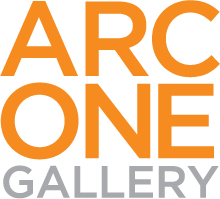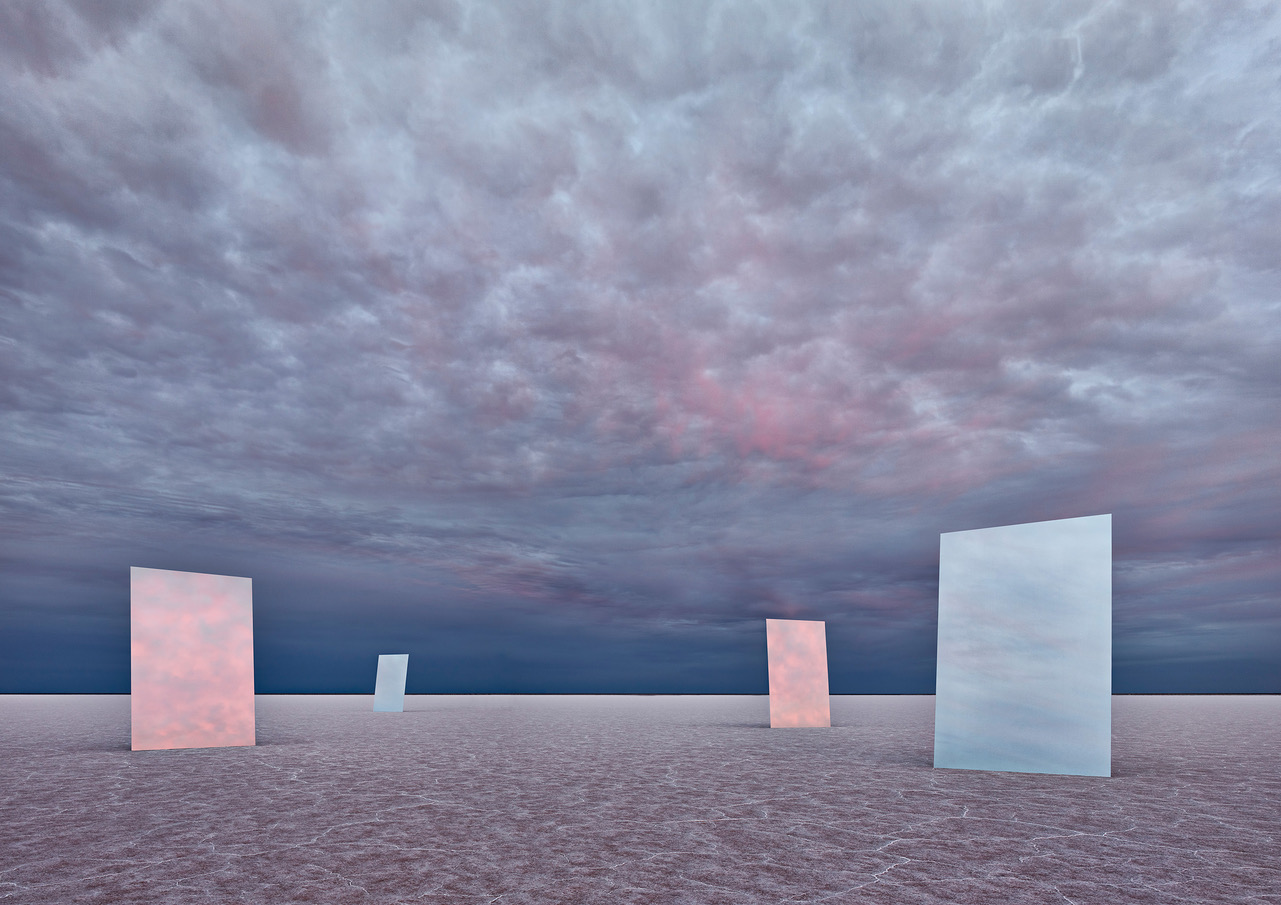In this exhibition, Zahalka digitally disrupts, hand-colours, and evolves archival photographs of historic Australian habitat displays so they become bearers of contemporary meanings and inferences. Birds ingest plastic with devastating results, planes and helicopters slash across painted skies, waterholes are drained, heat exhausted fruit bats fall from trees, bushfires blaze, housing developments invade, and cars and buses scar the landscape. Based on current science and the damaging carbon footprint left by tourism, industry, and population growth, the digital interventions within these re-imagined displays are pointers to the ongoing negative impact humans have had on the natural world and the need to take action.
With a career spanning more than three decades, Anne Zahalka is one of Australia’s leading contemporary artists. She has exhibited widely since the 1980s, nationally and internationally. Zahalka’s work has featured extensively in major exhibitions, including Civilization: The Way We Live Now, National Museum of Modern and Contemporary Art of Korea, Gwacheon, South Korea (2018); The Photograph and Australia, Art Gallery of New South Wales, Sydney (2015); Mix Tape 1980s: Appropriation, Subculture, Critical Style, National Gallery of Victoria (2013); Things – Photographing the constructed world, curated by Helen Ennis, National Library of Australia; Three Australian Photographers: Bill Henson, Tracey Moffatt, and Anne Zahalka, GEM/ Fotomuseum, Den Haag, Netherlands (2007); Leisureland, Australian Embassy in Washington (2007); and Fieldwork: Australian Art 1968 – 2002, National Gallery of Victoria (2002).
Select recent solo exhibition include Street Photography, Sydney Living Museums, Museum of Sydney (2019); The Fate of Things: Memory objects and art, with Sylvia Griffin, Sydney Jewish Museum (2019); The Landscape Revisited, MAMA Murray Art Museum, Albury NSW (2017); Anne Zahalka: Playground of the Pacific, Manly Art Gallery & Museum, Sydney (2016); Parliament House at Work, 25th Anniversary commission, Parliament House, Canberra (2014); Anne Zahalka: A Case Study, Lake Macquarie City Art Gallery (2013).
Anne Zahalka’s work is held in many public and private collections including the National Gallery of Australia; Art Gallery of New South Wales; National Portrait Gallery; Australian Bicentennial Collection; National Art Gallery, Wellington, New Zealand; Parliament House Collection; National Gallery of Victoria; Sir Elton John Collection; Deutsche Bank Collection; International Polaroid Collection, USA; Visart, New York; and numerous other regional galleries, universities and private collections in Australia and abroad.
This exhibition is part of CLIMARTE’s ART+CLIMATE=CHANGE 2019 - a socially-engaged festival of climate change related arts and ideas featuring curated exhibitions and theatre works alongside a series of keynote lectures, events and public forums featuring local and international guests. www.artclimatechange.org.au.

























